Posts

ePaper integration with PCAP
Electronic paper (also known as e-ink, electrophoretic display, or electronic ink) is a kind of electronic display that mimics the appearance of ink on paper. An electronic paper display reflects ambient light like paper, unlike conventional flat panel displays that emit light.

P is for ‘performance’: the new 15.6” displays from Tianma
Are you looking for a display that’s high-performance, powerful and prepared for any predicament? We’re always excited to be adding a new range from Tianma to our portfolio, but this one is so good it’s preposterous.
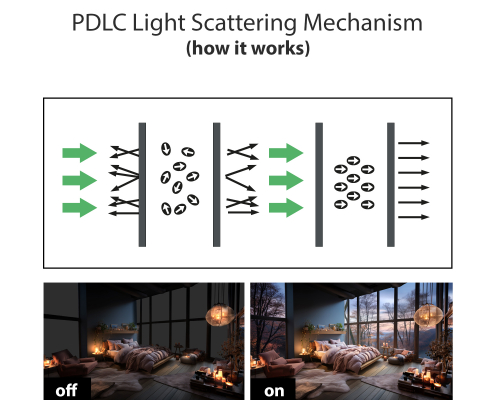
PDLC: The ‘useful’ glass that is for more than just interiors
As often happens at Avnet, an acronym is the start of a journey to something pretty cool. Take PDLC, for example. It stands for ‘Polymer Dispersed Liquid Crystals’, which, we must admit, isn’t the catchiest of descriptions. But when you engineer PDLC into glass (or even a self-adhesive film that can be affixed to glass) it becomes much more interesting.

Glass guardians: display technology’s transparent armor
We have it in front of our faces every day, but only pay it any attention if it breaks. A layer of transparent coverglass sits over all the display panels that we use every day – in smartphones and tablets, televisions and monitors – and is essential in guarding the delicate electronics underneath, while also enhancing the quality of the display.
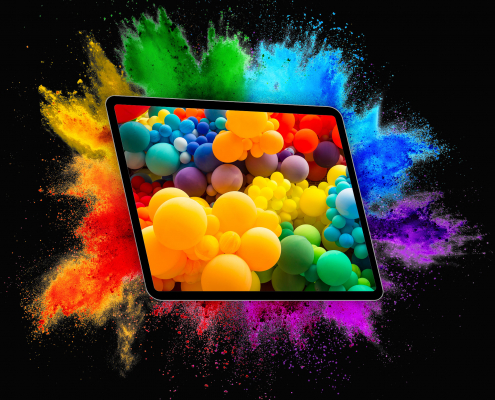
AMOLED: The luxe display that’s not for everyone
Ultra thin and ultra light, with outstanding optical performance, Active Matrix OLED displays have been a staple technology for smartphones and smaller consumer applications since around 2009. Happily, these small, powerful displays have recently grown in size, opening up opportunities for their use beyond handheld applications.
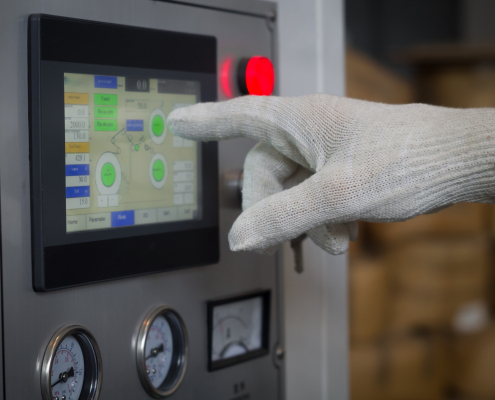
Change the way you source displays with SimplePlus
Four whole months. Imagine what you could achieve in this time, while you waited, patiently for your touch displays to arrive. In the past, this was normal. For a simple display stack with generic coverglass and display drivers, an engineer could expect to a sixteen-week lead time. Sometimes more.
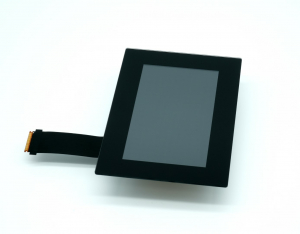
Spotlight on Embedded – July 2023
Welcome to the July issue of Avnet Embedded Spotlight. After the announcement from Intel that they are stopping direct investment in their NUCs, we’ve got a range of alternatives for you. We’ve also got some brand-new boards for you. Here’s what we’ve got for you for July…

Wireless PCAP Technology: efficiency comes cable free.
Cables. We expect, like us, you have a love/hate relationship with them. On the one hand, for most applications when a TFT is connected to a touch, the complete Stack is connected over a short cable to a board. And that works just fine. After all, for this kind of application, a wireless PCAP makes no sense.
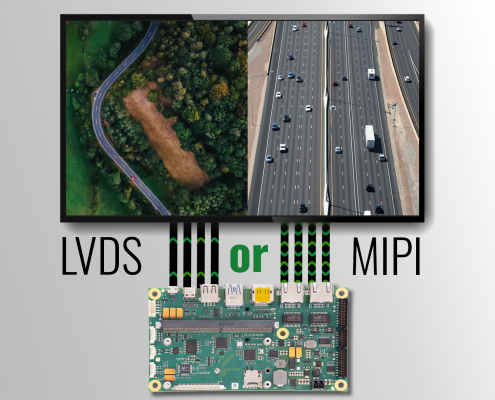
Bringing clarity to the world of MIPI and LVDS
Where displays are concerned, plenty of acronyms fly around. MIPI is one, LVDS and RGB/TTL are some others. You’d expect all three to be completely different, but life is never that precise, is it? For example, MIPI displays also use LVDS standards and as puzzling as that might sound, there are actually some fairly sound reasons for it.
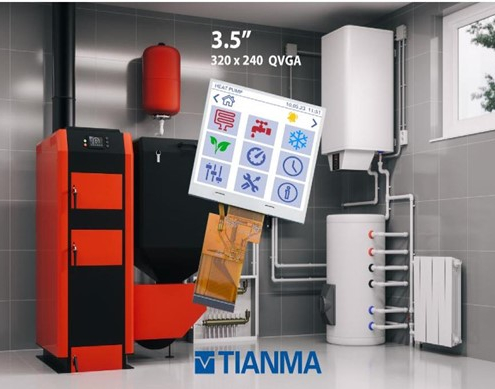
New! 3.5” QVGA display for indoor applications
Our partners at Tianma have just released a thinner, smaller, lower cost QVGA display, ideal for the industrial market, HVAC systems or anywhere that requires a smaller HMI.

